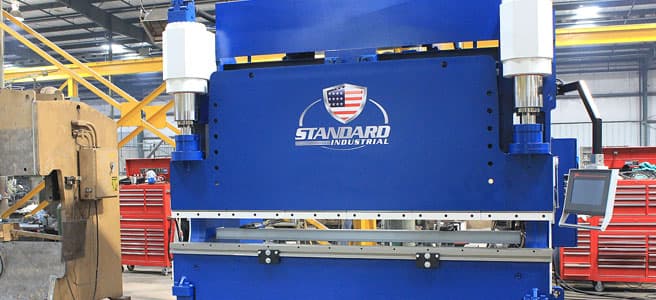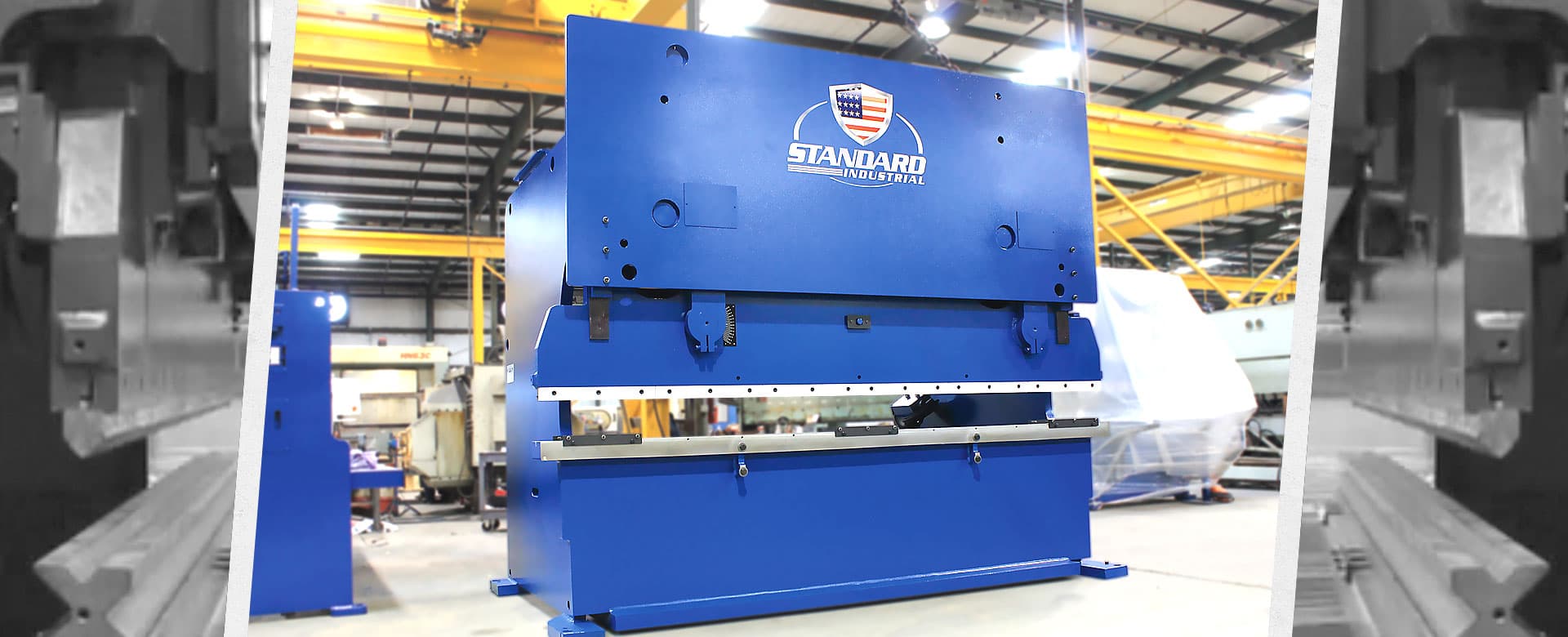Dual Cylinder Press Brake Back
150 Ton

The PA Plus series combines functionality and versatility in one powerful package. The PA Plus series is designed for a large array of accessories for a customizable solution.
It is finally possible now to find a heavy-duty, press brake solution which is both simple and easy to use.


